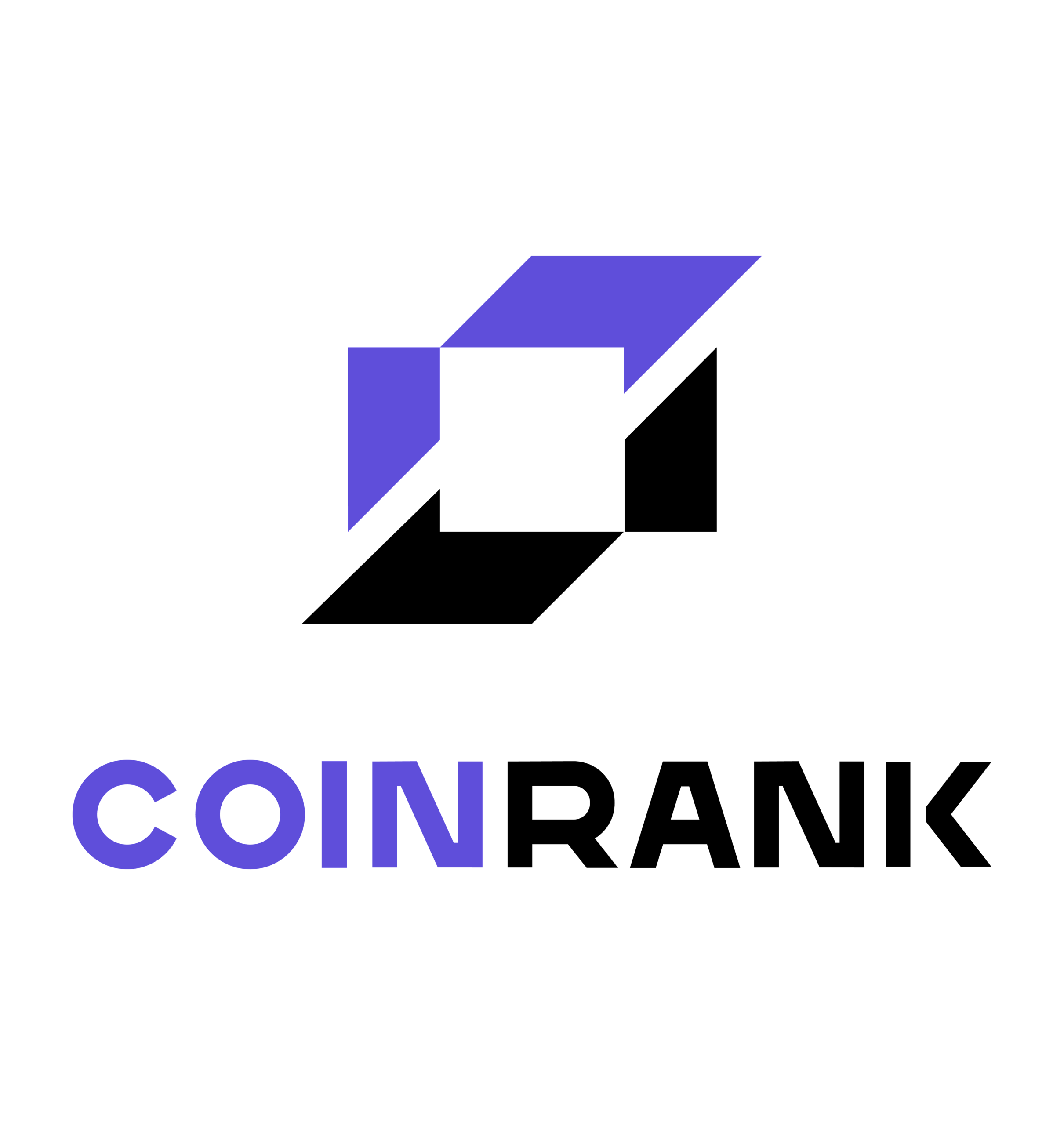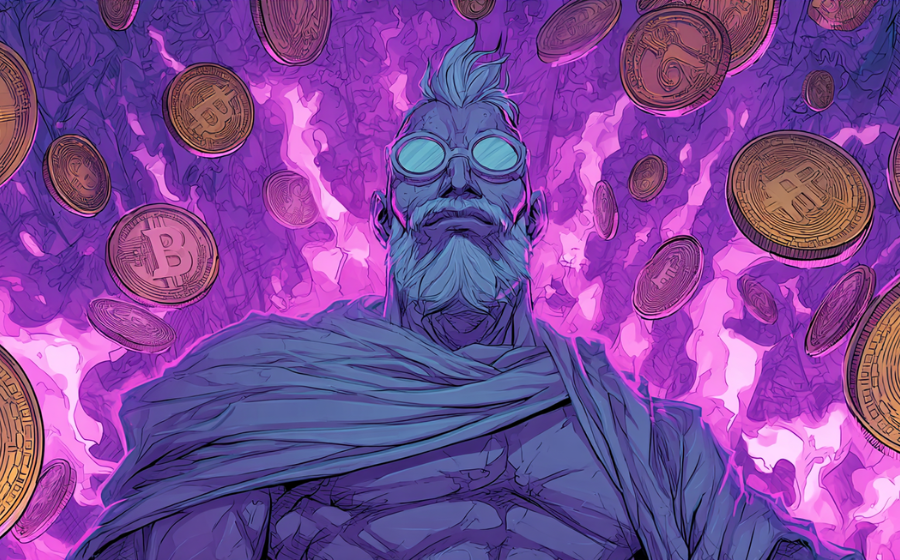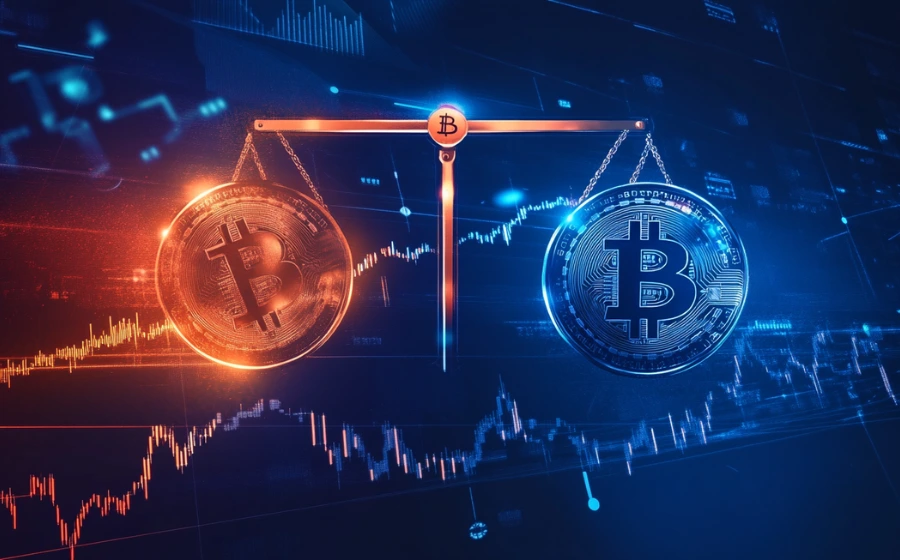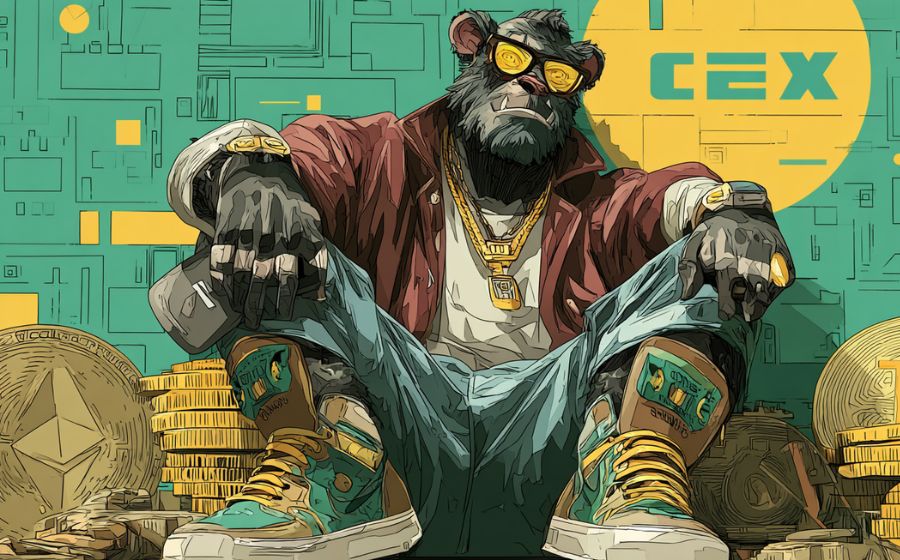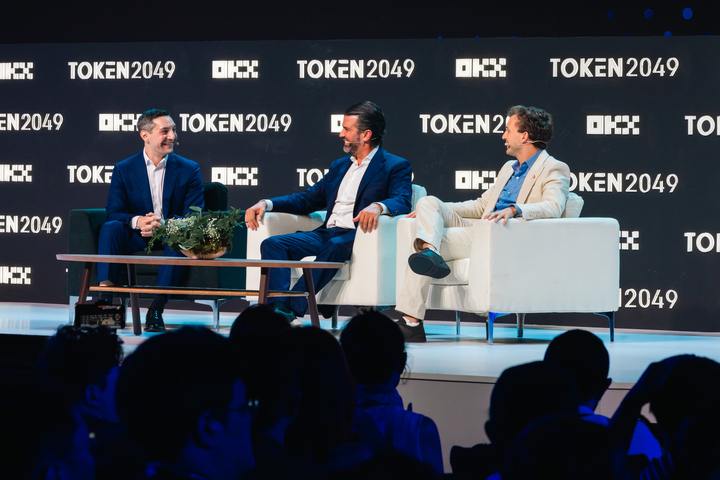
KEYTAKEAWAYS
- Eric Trump’s World Liberty Financial (WLF) is positioning its USD1 stablecoin as more than a digital dollar, framing it as a gateway to global financial freedom.
- WLF announced plans at TOKEN2049 Singapore to launch a crypto-to-fiat debit card, with pilots expected in the next quarter and a wider rollout by late 2025 or early 2026.
- The project faces major tests in regulatory approval, monthly proof-of-reserves, and user adoption—challenges that will determine whether WLF becomes a bridge between DeFi and traditional finance.

CONTENT

On October 1, 2025, the TOKEN2049 conference in Singapore was buzzing with energy. World Liberty Financial (WLF) has quickly risen to become one of the most talked-about projects this year. With its USD1 stablecoin and an upcoming crypto-to-fiat debit card, the company is reviving a long-standing question: how can crypto become part of everyday life? At the event, WLF confirmed that its debit card—designed to let people spend digital assets directly—is moving forward, with pilot tests planned for the next quarter and a wider rollout expected by late 2025 or early 2026. The team also revealed plans to tokenize assets such as real estate, oil, cotton, and timber, aiming to use blockchain to improve settlement and trading efficiency.
THIS IS NOT JUST ABOUT MAKING MONEY
Eric Trump opened with a clear message: “This is not just about making money.” For him, USD1 is more than a stablecoin pegged to the dollar—it is a gateway to accessible, verifiable financial freedom. Users should not be at the mercy of market cycles; they should have the ability to manage and allocate assets on-chain with full control.
He spoke repeatedly about “culture” and “loyalty,” stressing that long-term commitment and delivering on promises are what build true community trust and network effects. As more real-world applications come online, he argued, the product “almost sells itself” because it blends utility with a sense of trust and identity.
CHAIN-AGNOSTIC DESIGN AND THE RISING TIDE STRATEGY
A vision is only as strong as its execution. Trump summed it up simply: WLF’s design is chain-agnostic. Instead of locking itself to a single blockchain, it aims to operate across many. In a fast-moving ecosystem, this approach allows for greater resilience, scalability, and wider adoption.
“A rising tide lifts all ships,” Trump said, framing WLF as an infrastructure layer where stablecoins, payments, and tokenized assets can connect across ecosystems. He placed strong emphasis on monthly audits and transparent reserves as the trust anchor for USD1. By making disclosure routine and verifiable, WLF hopes to set a new standard for the industry. TOKEN2049 also served as a stage to highlight WLF’s mainstream ambitions, positioning the company not just within crypto circles but as a bridge to traditional asset management and payments.
THE DEBIT CARD PROMISE: BRINGING CRYPTO TO THE CASHIER
For any payment project, the ultimate test is whether users can buy something as simple as a cup of coffee with crypto. Trump described the crypto-to-fiat debit card as the tool that makes financial liberty tangible. By letting people spend without constant conversions or confusing fees, crypto can finally step into daily routines.
The rollout will be phased: limited launches in selected regions first, followed by expansion as compliance and risk controls are refined. The real hurdles are not technical but regulatory and trust-based. Partnerships with clearing networks and banks, cross-border compliance, and proof-of-reserves all need to hold firm. If WLF can keep its promise of monthly audits and transparent reporting, the debit card could become the most powerful entry point for new users in crypto payments.
THE MEANING OF WORLD LIBERTY AND WHAT COMES NEXT
When asked about the name, Trump said: “Liberty is about financial freedom, but it is also about the world.” The aim is not only to serve U.S. users but to reach regions where high inflation and weak banking infrastructure still shape daily life. In these markets, USD1 could offer a low-barrier, transparent dollar-based settlement option.
On the larger stage, the Trump family has been vocal in recent months about stablecoins as a way to reinforce the U.S. dollar’s global dominance and strengthen America’s financial competitiveness. TOKEN2049 became another platform to broadcast that message.
Looking ahead, WLF faces three key tests:
- Regulatory approval—securing licenses and clearing partners in multiple jurisdictions.
- Reserves and disclosure—turning “monthly audits” into a reliable industry benchmark.
- User education—hiding the complexity of self-custody and DeFi behind smooth product experiences.
If the debit card succeeds, if USD1’s reserves remain transparent, and if interoperability holds up, WLF could gain strong network effects across stablecoins, payments, and tokenized assets. But if trust or compliance falters, its high-profile narrative may quickly backfire. For Eric Trump, this is both a chance to turn “liberty” into a real product and a balancing act between regulation and market expectations that will define the project’s future.








